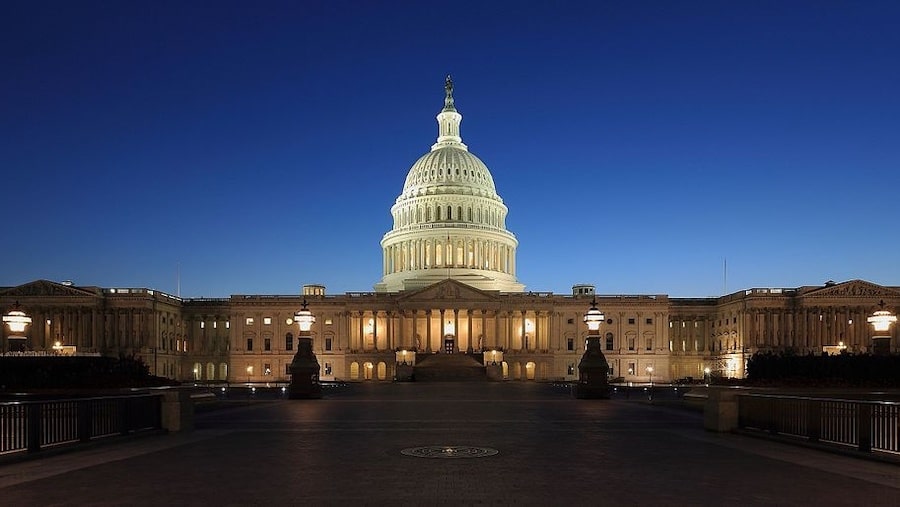Proposed funding in Senate leaves out $50M bump for CPB

Wikimedia Commons
The Senate Appropriations Committee has declined to recommend a $50 million boost to CPB’s fiscal year 2023 funding that the House of Representatives approved in July.
The House approved $515 million in funding, but the Senate Appropriations Committee recently recommended $465 million in level funding. The committee also recommended level funding for interconnection and Ready To Learn, according to America’s Public Television Stations CEO Pat Butler.
“We’re grateful that the Senate Appropriations Committee has proposed to maintain level funding for public broadcasting in a particularly challenging year, and we also appreciate the Committee’s recommendations of $29 million for Ready To Learn and $20 million to continue our interconnection investment,” Butler said in a statement Tuesday. “As negotiations on FY 2021 funding take place, we hope the $50 million increase for CPB approved by the House of Representatives is included in the final appropriations package.”
A CPB spokesperson told Current Wednesday that the corporation “will wait to comment until Congress finalizes the FY21 appropriations process.” CPB’s funding is determined two years in advance.
Last December, CPB received its first funding increase in a decade, a $20 million boost for FY22. But Butler said public broadcasting needs more funding, adding that stations have responded to the COVID-19 pandemic by expanding remote-learning services for students, some of whom lack reliable internet connections.
“We’ve done all this with unbudgeted money, as no one could have foreseen this national emergency, and we’ve done it despite having lost almost $100 million in purchasing power over 10 years of level funding by Congress,” he said.
“We’re ready to do more, to help revolutionize education in a post-pandemic America as well as expanding our public safety services ranging from early earthquake warning in California to over-water emergency communications off the Atlantic coast,” Butler said. “And as our stations voluntarily adopt the new ATSC 3 Next Gen broadcast standard, and if we are able to invest in datacasting technology at our stations nationwide, we will have spectrum available to do even more — in telehealth, Smart Cities connections, precision agriculture, national security and other important missions of public service. The greater the federal investment in this work, the more and better and faster we can do it.”







